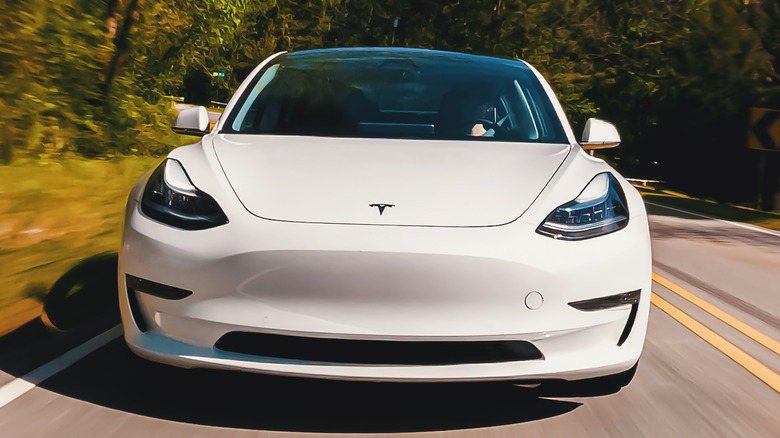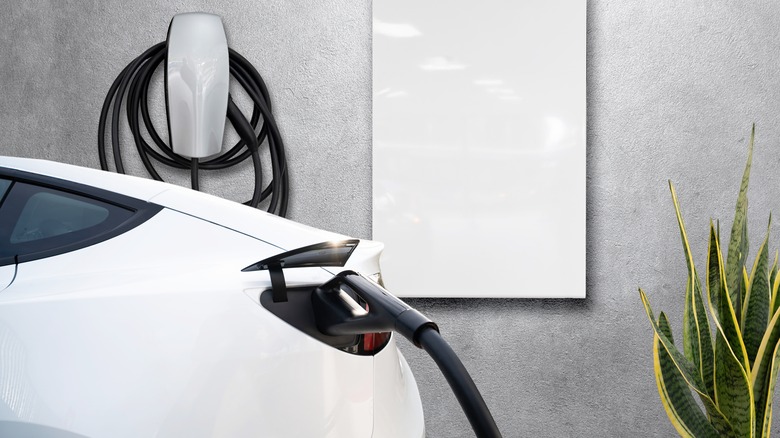One Million Car Tesla Recall Revealed But The Fix Feels Magical
This week, Tesla announced a recall that affects 1,100,000 vehicles, specifically the 2017 to 2022 Model 3, 2020 and 2021 Model Y, 2021 and 2022 Model S, and 2021 and 2022 Model X vehicles. The NHTSA published the recall notice, which reveals that the power windows on these Tesla models may not accurately detect obstructions when closing, resulting in the possibility of pinched fingers. That's not incredibly dangerous, but cars generally aren't supposed to hurt their occupants or driver, so it should still be addressed as soon as possible.
For a normal car, the owner would have to take the vehicle to the dealership and wait for the recalled issue to be fixed. That's what happened when millions of cars were affected by the Takata airbag recall, which is still ongoing. But Tesla has already proved that it doesn't make a normal car, so the recall process is a little different. To fix this problem, you don't even have to leave your driveway.
No need to drive to the dealership
Tesla is going to send out an over-the-air update to fix the window software, according to the recall notice. As long as their Teslas are properly configured to receive software updates and are connected to Wi-Fi, affected customers shouldn't have to lift a finger. For safety, Tesla says you can't drive the car when performing the update, but after that, customers should be fine to go about their day.
As for new Teslas, the NHTSA says that any car made after September 13 received the update before delivery and is not within the scope of the recall. Over the years, Tesla has received a fair amount of criticism over quality control issues and the controversial Full Self Driving feature. But over-the-air updates and safety fixes are one of the positives to having a car as connected and future-focused as a Tesla.
Over-the-air fixes may feel like some sort of SkyNet-flavored witchcraft right now, but they're here to stay. As electric vehicles become more advanced in the upcoming years, engineers will likely be able to tweak a vehicle's software for several years after the car is sold and send the update out over the internet, completely eliminating the often time-consuming trip to the dealership.

